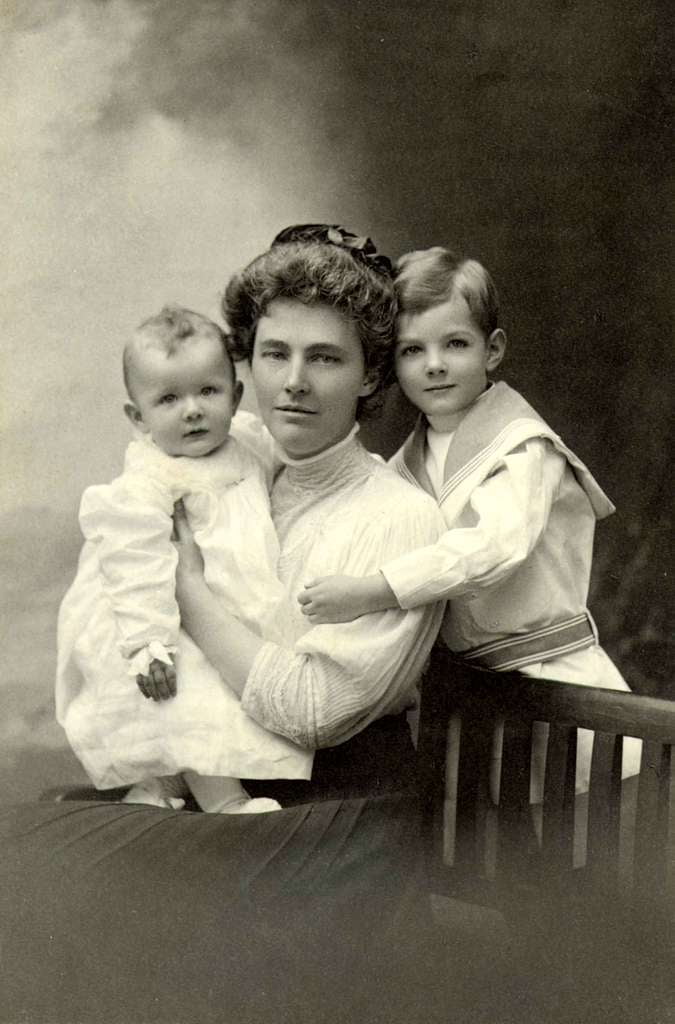What is International Women's Day?
Around the globe, people celebrate international Women's Day every March 8th. It's supposed to be a day in which we celebrate the social, economic, cultural, and political achievements of women globally. According to the International Women's Day website, the first official #IWD gathering was in 1911 and was supported by over a million attendees. However, the very first instance of what led up to a Women's Day was more of a grand protest in 1857, on March 8th, by a group of working women in New York that had had enough of their less than ideal work conditions such as 12-hour work shifts on top of low pay. Not only was a protest organized but a women's coalition wasalsoestablished.
Bring Opportunity to Women Worldwide


For international Women's Day there are a few different ways that you, personally, could take action and ensure that the women of the future will have economic success and a certain quality of life. #EmbraceEquity~
If you know any women who happen to be good in the 'smart', techy industry, you could introduce them to opportunities at companies that the international Women's Day website calls prime employers. We have a link that you can follow to do so. These companies are known to have suitable conditions for women to work, be paid and share their expertise.
A Multilingual American First Lady
Lou Hoover and Her Use of Six Languages
Speaking of woman of the year, we found a woman that spoke six, yes 6, languages that we would like to highlight this year. While she is no longer living, first lady Lou Hoover really met that Proverbs 31 woman standard, showing just what women can do and how helpful they can be in society, beside her husband, former president Herbert Hoover. President Hoover was not even aware of many of the contributions his wife ended up making to society.



At a teacher training institution called Los Angeles Normal School, now UCLA, Lou Hoover had the opportunity to join many active school social clubs where she could explore the natural world including rock formations. In 1983, she decided to go for her degree in geology and she is one of the first women to earn that particular degree. As she started the geology degree, she met her future husband, Herbert Hoover, who was also just so happened to be studying geology at Leland Stanford University. While at Stanford, she took Latin and ended up being quite fluent in it. Upon graduation they were married in 1899. It was then that they left for Tianjin China 中国天津.
Since Herbert Hoover was a great mining engineer, his work took him to various countries and Lou Hoover accompanied him everywhere, bearing their children and raising the family regardless of their location and world events. After the Hoovers moved to London, and due to her interest in history and the sciences, Mrs. Hoover stumbled upon "a 1565 guide to mining and meteorology called De Re Metallica by the German mineralogist George Agricola." (First Lady Biography)
After Herbert Hoover became president, it was Lady Hoover that kept him speaking Chinese Mandarin from 1929 to 1933. They did this in the presence of others when they wanted to keep something that they were discussing confidential. Our founder, initially started to learn languages with something like this as a goal. Sometimes there are things that need to be said in the company of others, but if everyone speaks the same language, all secrets are immediately revealed. While Chinese Mandarin may not be a "secret language" in Chinese-speaking nations, it is definitely still a secret language in most of the USA.
This year we chose Lou Hoover so that we could honor her for all of her scientific contributions to the world. In addition, being a language school and all, we also want to honor her for her knowledge of Spanish, Italian, French, Chinese Mandarin, and Latin on top of her native tongue, English. She became what we like to call a #MultilingualAmerican, and she used her language skills to further bring knowledge and understanding.



In Honor of IWD
Preparing Girls for Womanhood
The mature opposite of minor is major, the mature opposite of girl is woman. Lou Hoover made so many contributions to the Girl Scouts in her time, promoting the opportunity for girls to engage in sports and outdoorsy activities. She also has two STEM badges named after her. Why not support a girl and her love of nature, sports and the sciences by signing her up for the Girl Scouts? It would also be great if the Girl Scouts had a multilingual badge, but it wouldn't necessarily need to be named after former first lady Lou Hoover.
References
Black, A. (2021, January 15). Lou Henry Hoover. The White House. Retrieved from https://www.whitehouse.gov/about-the-white-house/first-families/lou-henry-hoover/
First Lady Biography: Lou Hoover. Lou Hoover Biography :: National First Ladies' Library. (n.d.). Retrieved from http://www.firstladies.org/biographies/firstladies.aspx?biography=32
Mrs. President: Lou Hoover. History. (n.d.). Retrieved February 26, 2023, from https://www.history.com/topics/first-ladies/mrs-president-lou-hoover-video
National Archives and Records Administration. (n.d.). First lady Lou Henry Hoover. National Archives and Records Administration. Retrieved from https://hoover.archives.gov/hoovers/first-lady-lou-henry-hoover
Sabel , C. C. (2021, April 20). Lou Henry Hoover, Lost in Translation. Science History Institute. Retrieved from https://www.sciencehistory.org/distillations/lou-henry-hoover-lost-in-translation
涨知识!"三八妇女节"的由来. 腾讯新闻. (2022, March 3). Retrieved from https://new.qq.com/rain/a/20220308A08VE900